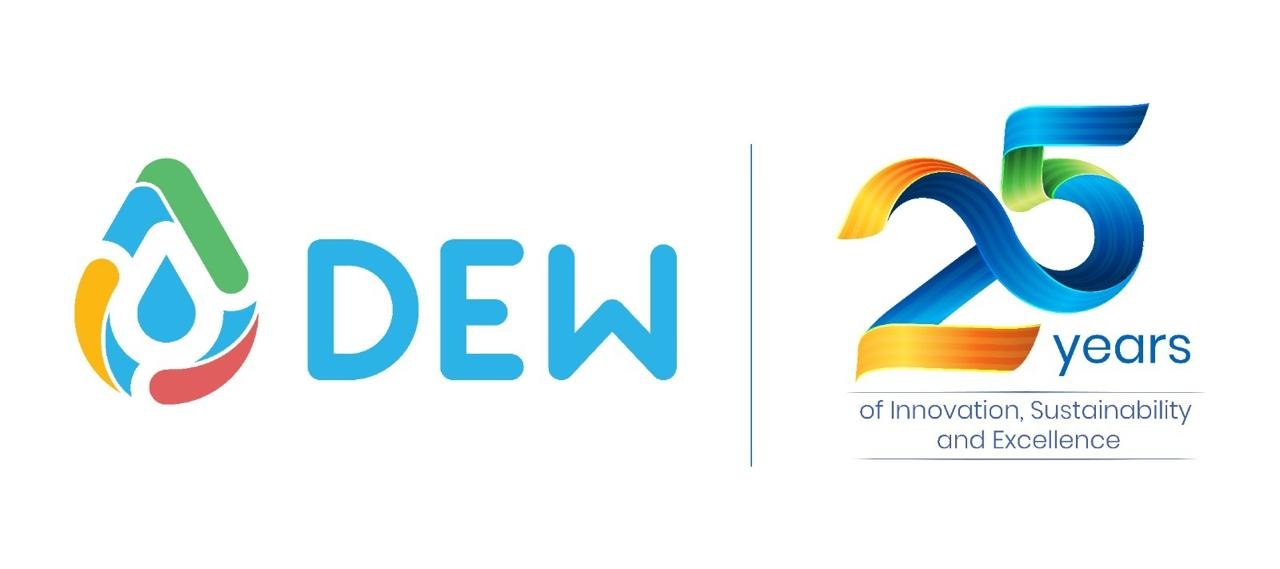Nanofiltration is a form of filtration that uses membranes to preferentially separate different fluids or ions. Nanofiltration is not as fine a filtration process as reverse osmosis, but it also does not require the same energy to perform the separation. Nanofiltration also uses a membrane that is partially permeable to perform the separation, but the membrane’s pores are typically much larger than the membrane pores that are used in reverse osmosis.
NF is a pressure driven process for separating larger size solutes from aqueous solutions by means of a semi-permeable membrane. This process is carried out by having a process solution flow along a membrane surface under pressure. Crossflow membrane filtration uses a high cross flow rate to enhance permeate passage and reduce membrane fouling. Retained solutes (such as dissolved salts) leave with the flowing process stream and do not accumulate on the membrane surface.
Pores have not been observed in NF membranes under any microscope, however, water can still pass through the membrane and multivalent salts and low molecular weight organics are rejected. It is difficult to predict the performance of NF membranes, especially if more than three solutes are present in the solution, since membrane rejection is influenced by the size, structure and charge of the components in solution. As a result, piloting is highly recommended for NF applications, even if a detailed feed water analysis is available.
Nanofiltration is the most commonly used to separate a solution that has a mixture of some desirable components and some that are not desirable. An example of this is the concentration of corn syrup. The nanofiltration membrane will allow the water to pass through the membrane while holding the sugar back, concentrating the solution. As the concentration of the fluid being rejected increases, the driving force required to continue concentrating the fluid increases.
Because of its high rejection rates of divalent and multivalent cations, in particular calcium and magnesium, Nanofiltration is used extensively in industrial water softening applications as well as pre-treatment for reverse osmosis.
Nanofiltration is capable of concentrating sugars, divalent salts, bacteria, proteins, particles, dyes, and other constituents that have a molecular weight greater than 1000 daltons. Nanofiltration, like reverse osmosis, is affected by the charge of the particles being rejected. Thus, particles with larger charges are more likely to be rejected than others. Nanofiltration is not effective on small molecular weight organics, such as methanol.
DEW manufactures nanofiltration membranes in spiral and flat sheet membrane configurations.
Features
- Retains divalent salts and organics
- Passes monovalent salts, water, acid and alkaline compounds
- Pore sizes ranging between UF and RO
Nanofiltration is a low to moderately high pressure (typically 50 – 450 psig) process in which monovalent ions will pass freely through the membrane but highly charged, multivalent salts and low molecular weight organics will be rejected to a much greater degree. Typical NF applications include water softening, desalination of dyestuffs, acid and caustic recovery and color removal.
| NF Applications | |
|---|---|
| Application | Permeate(Product) |
| Water | Softened water |
| Textile | Dyes |
| Whey | Salty wastewater |
| Caustic solutions | Caustic cleaning solution |
| Recycle of acid | Acid solution |
| Antibiotics | Salty waste product |

